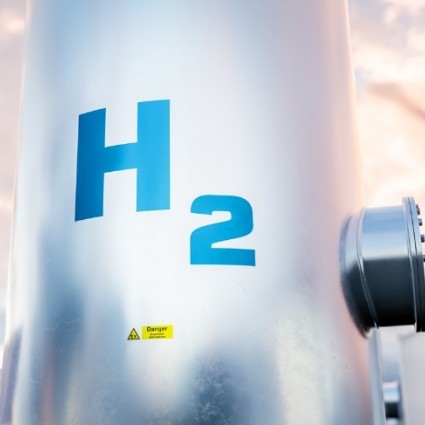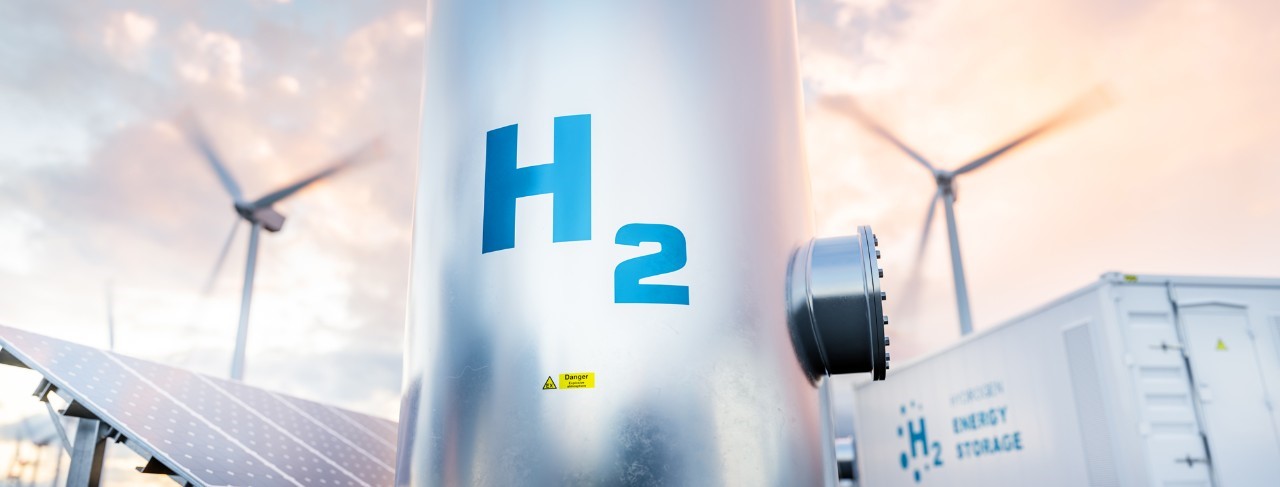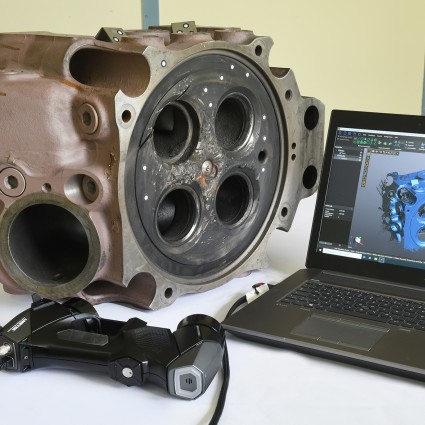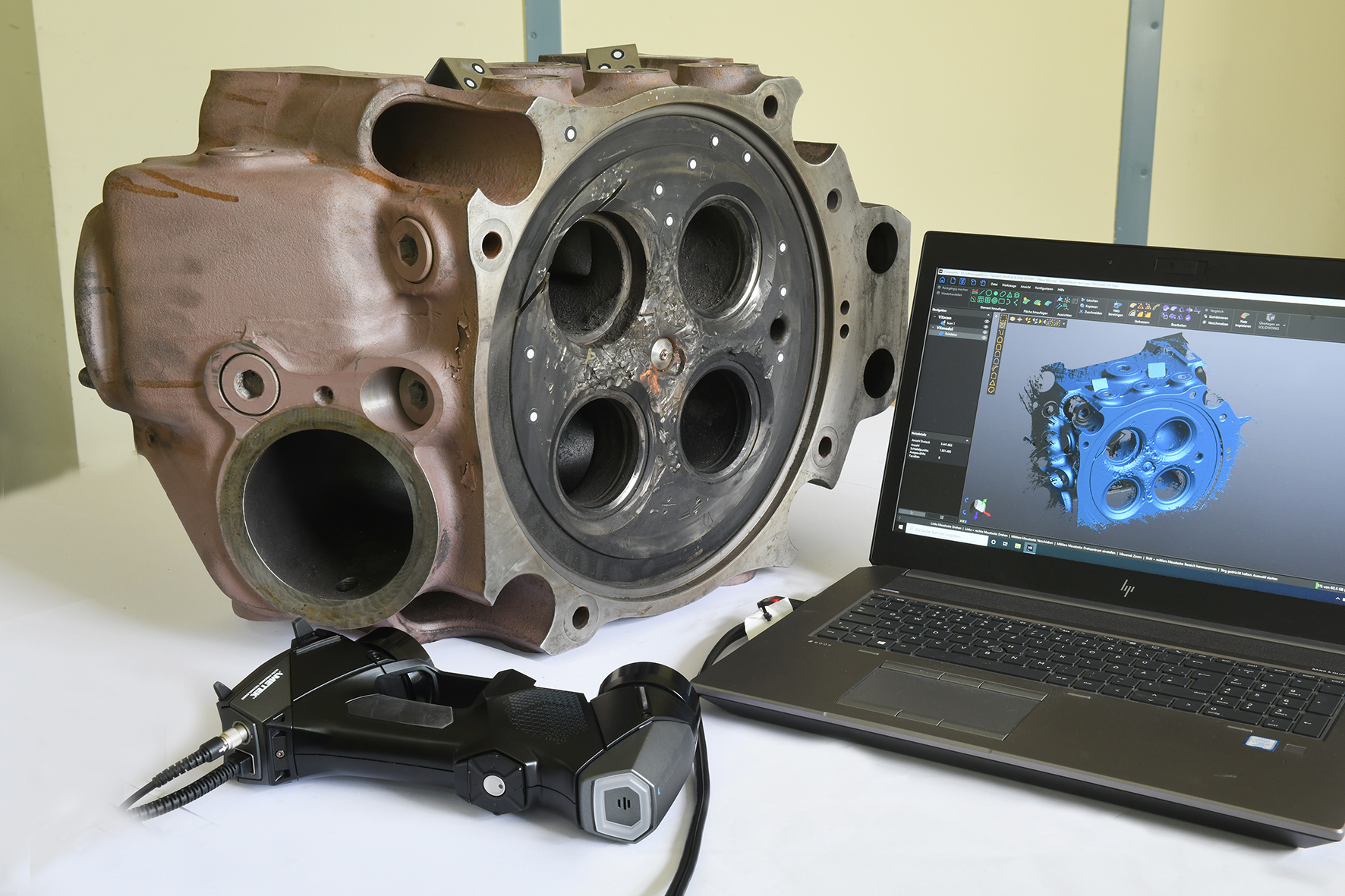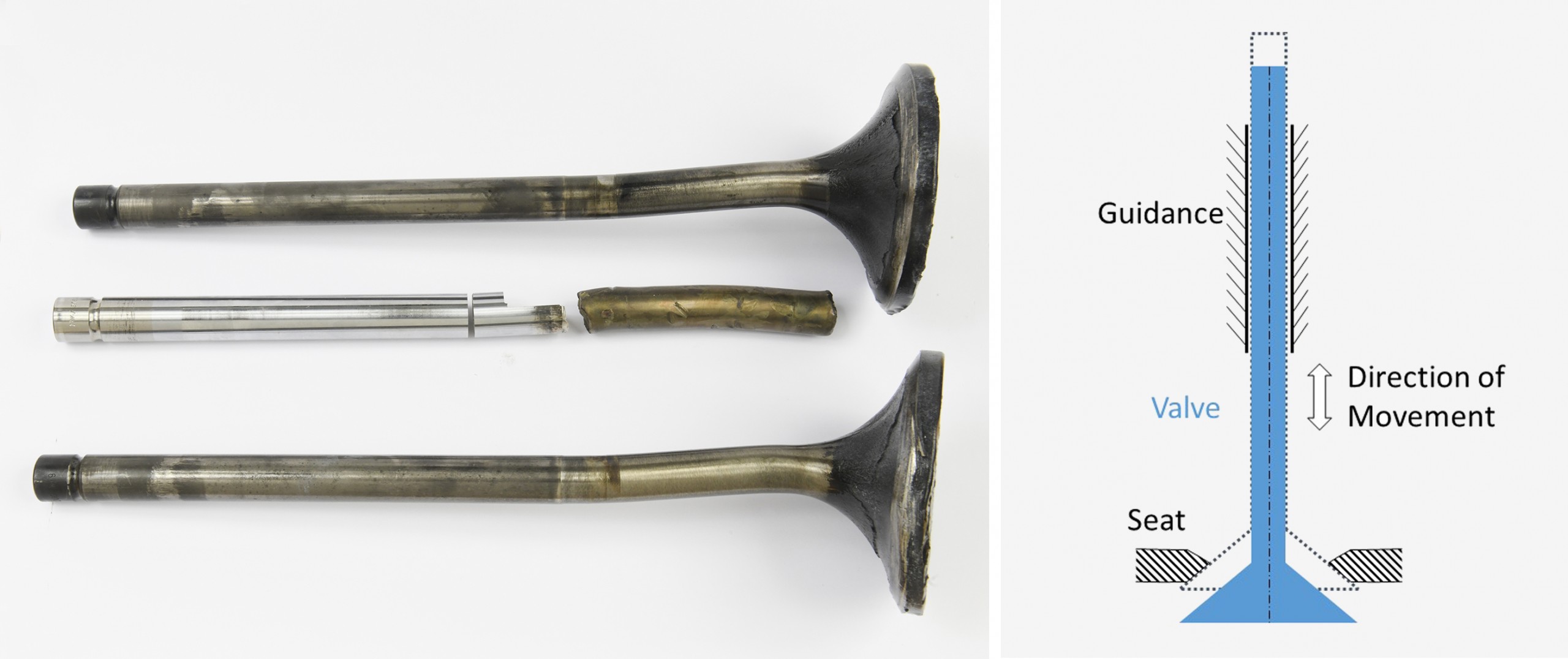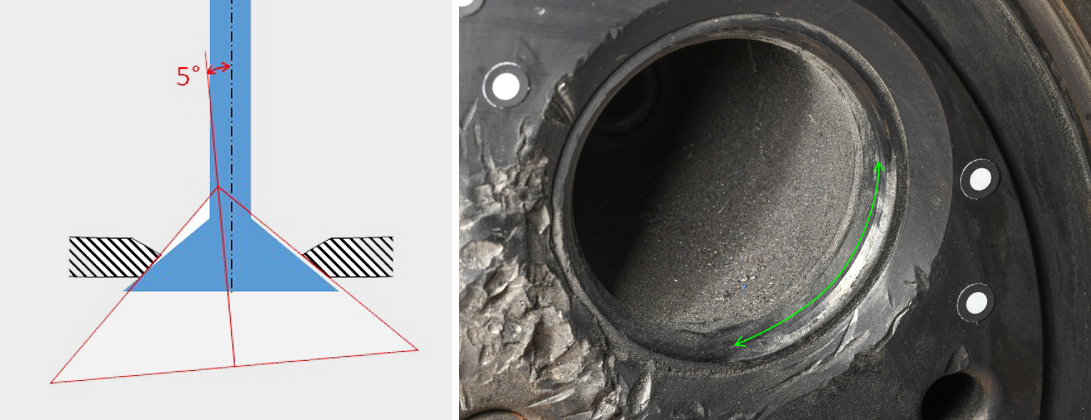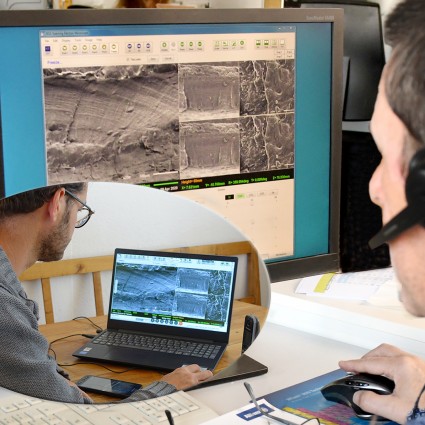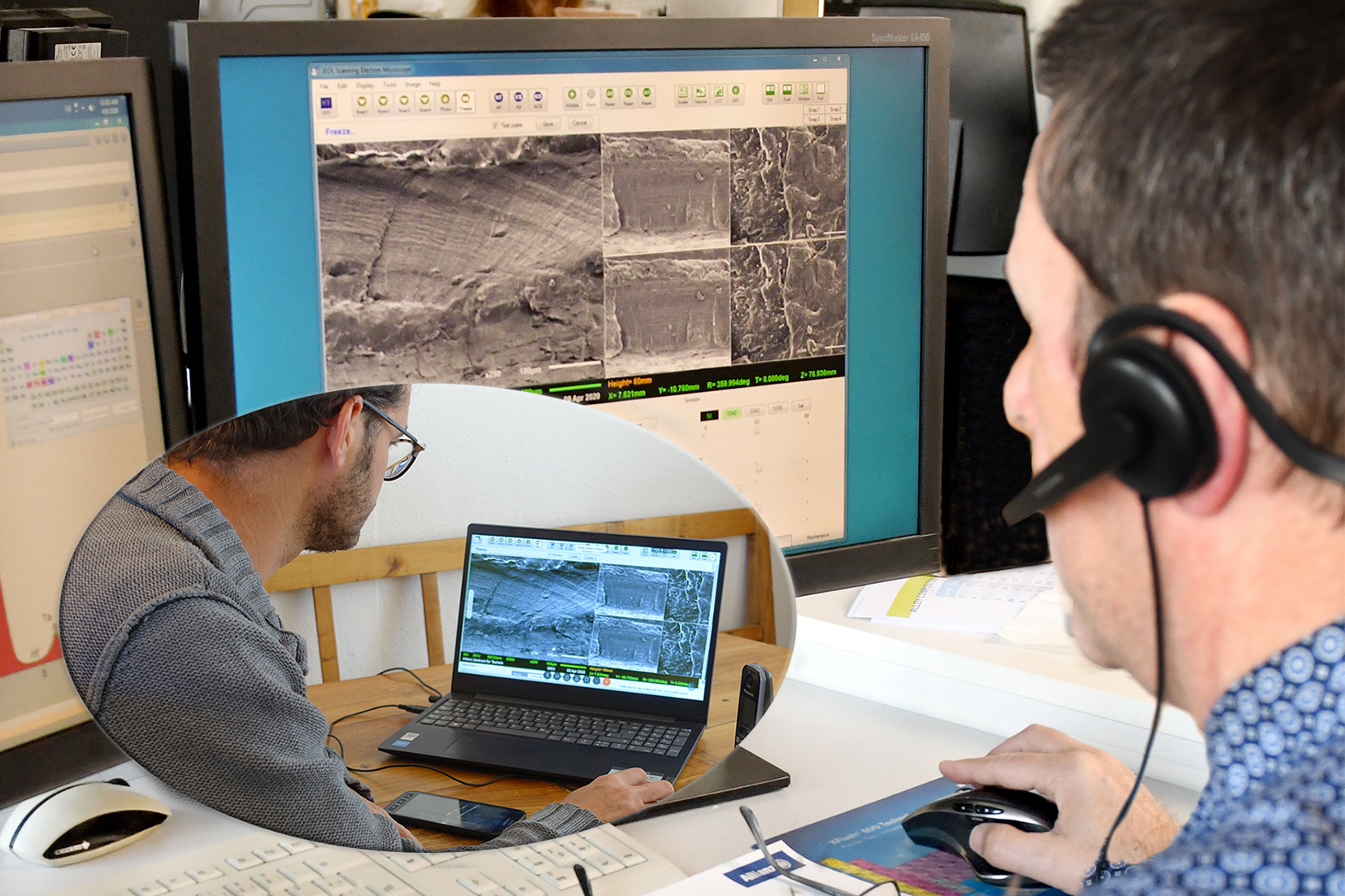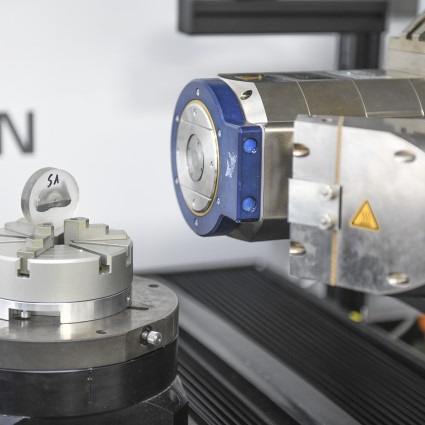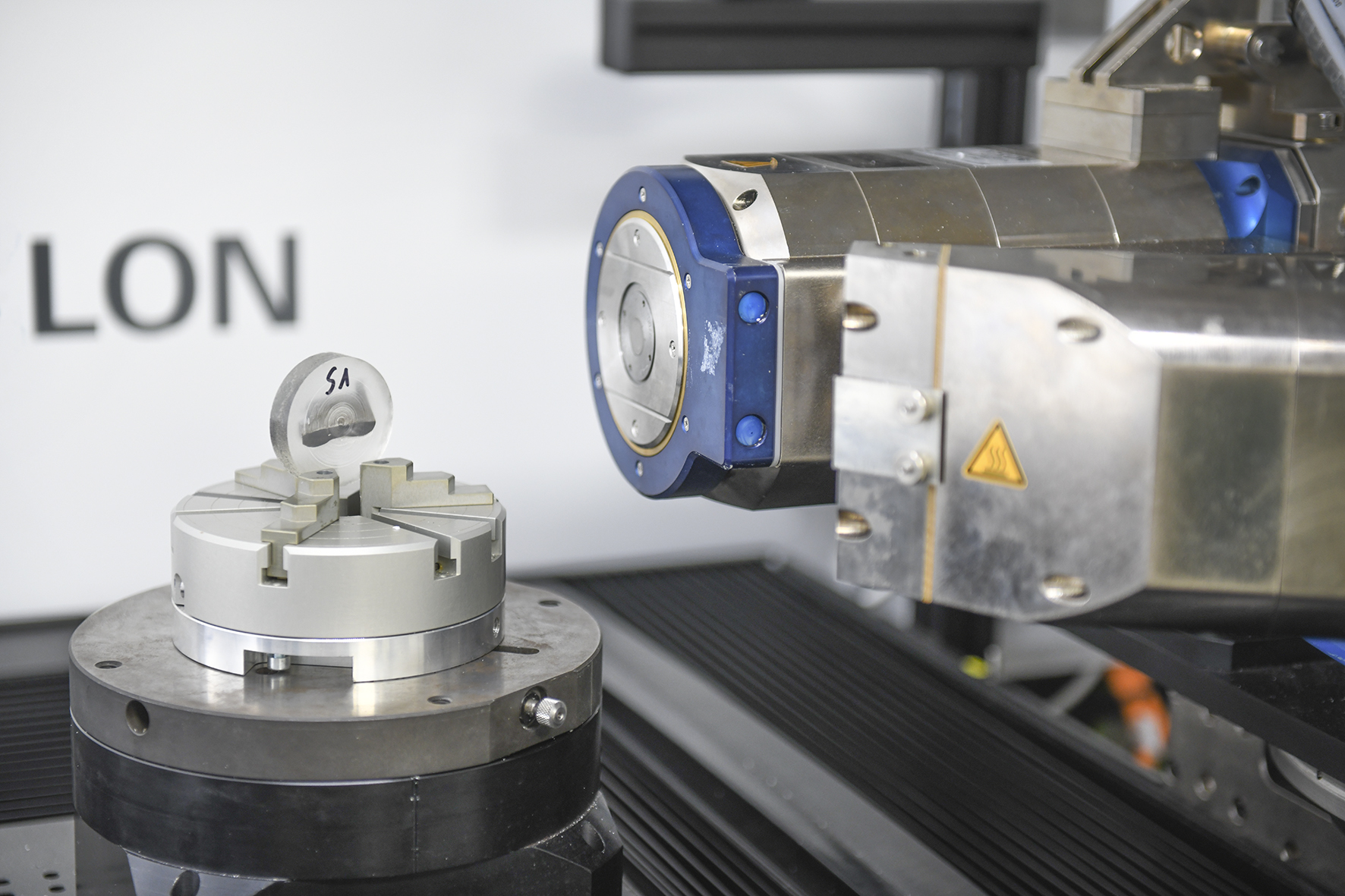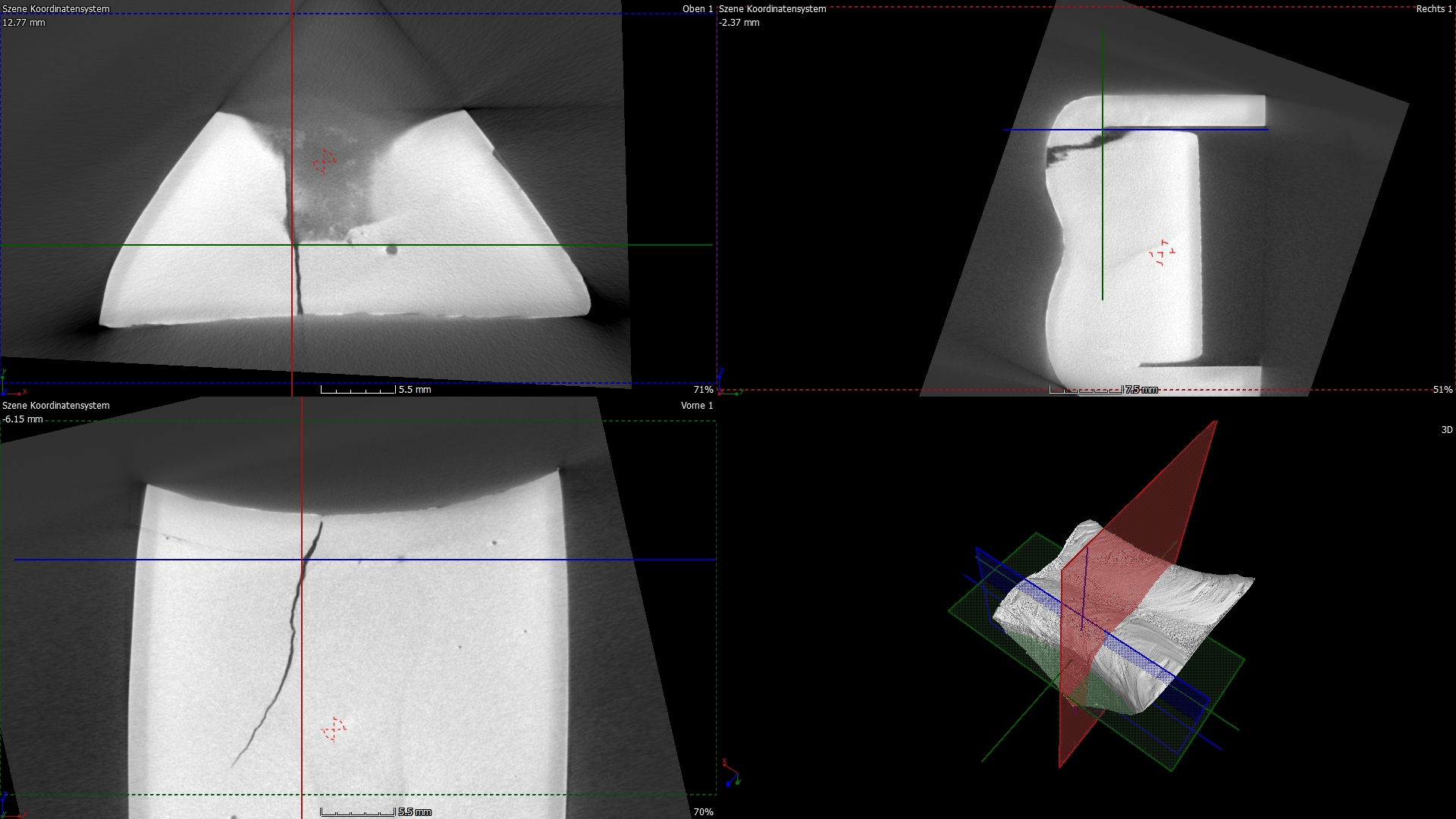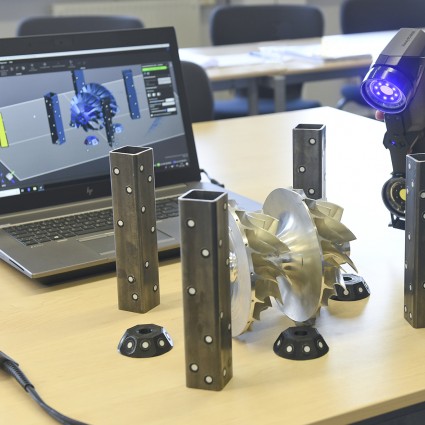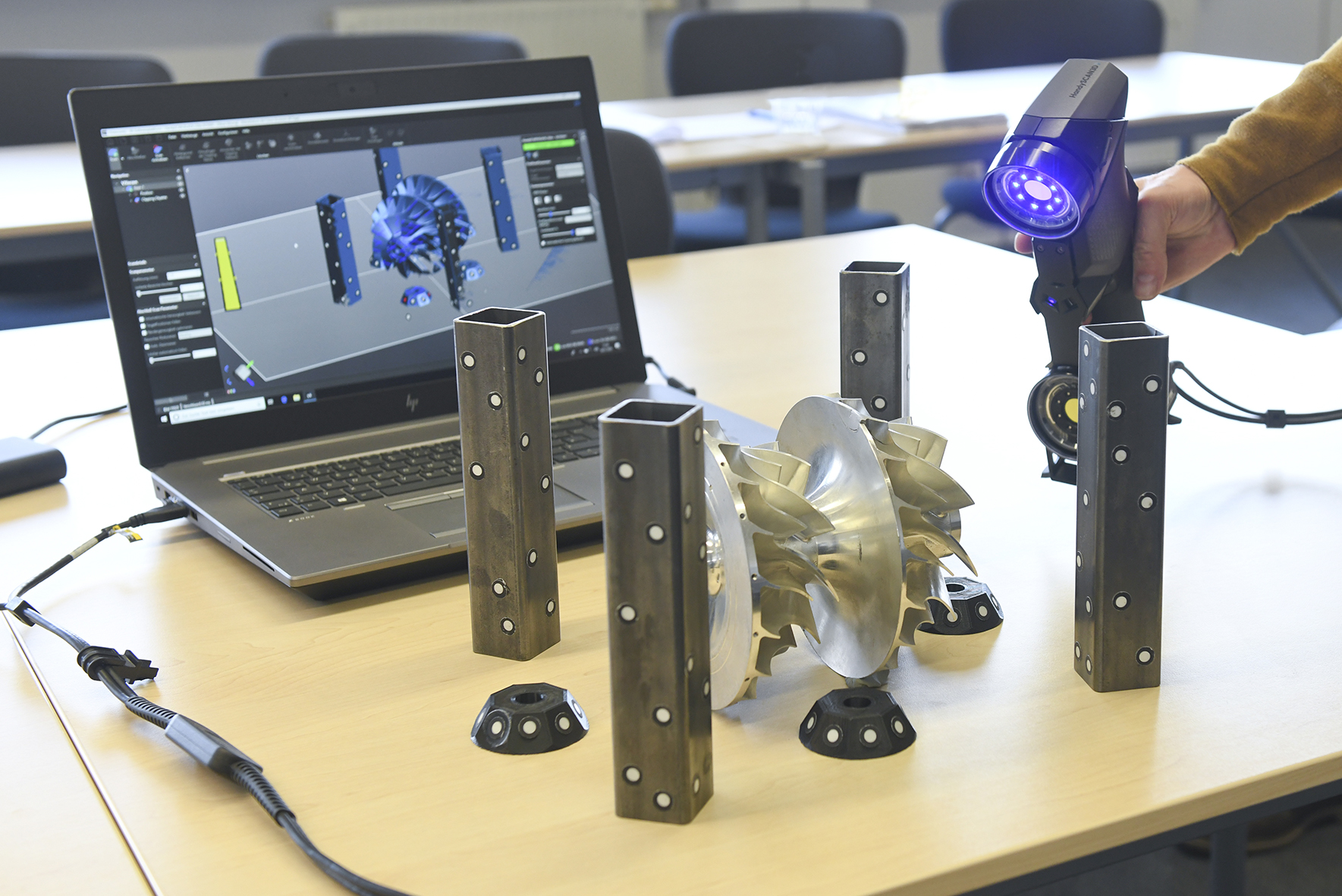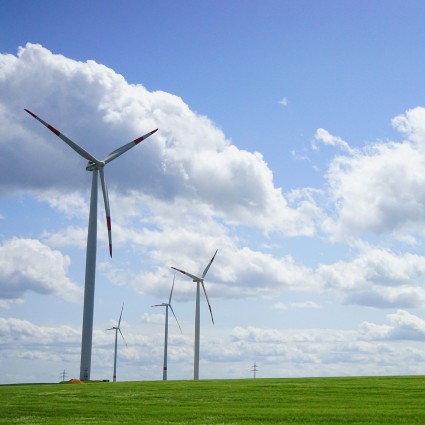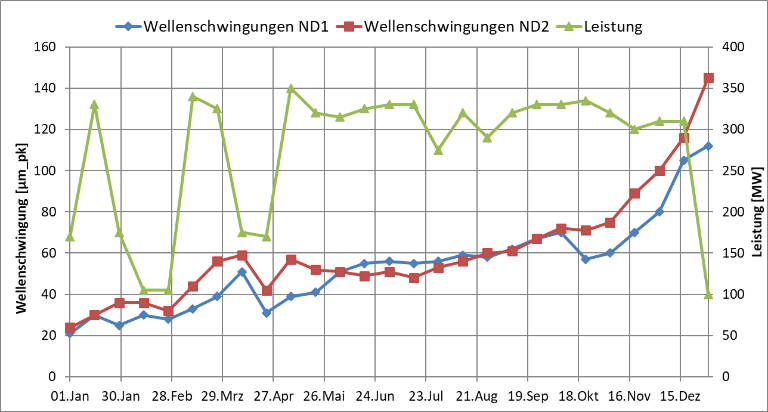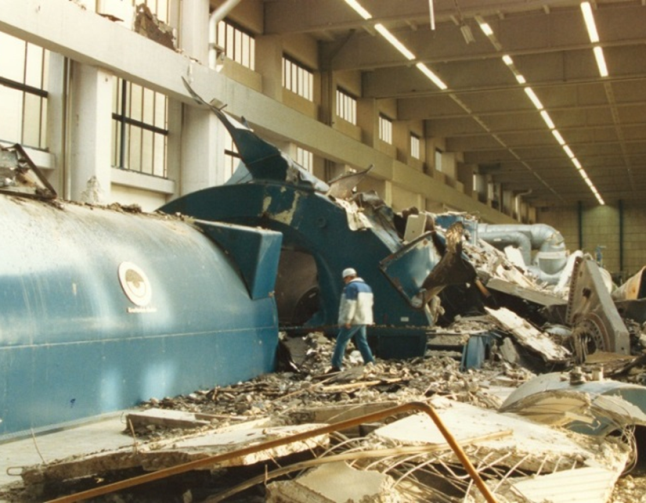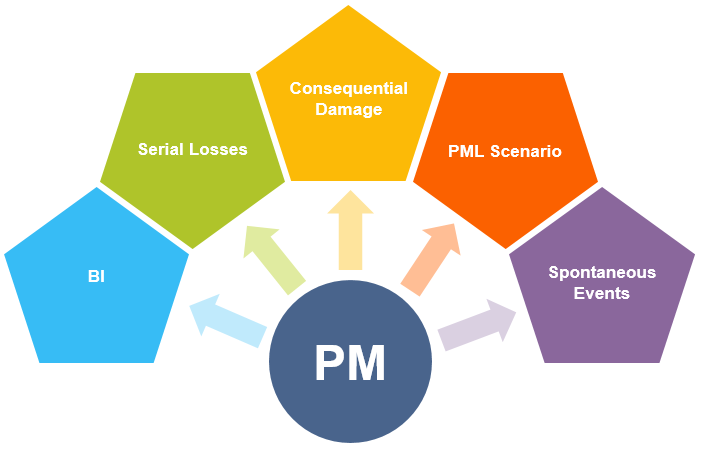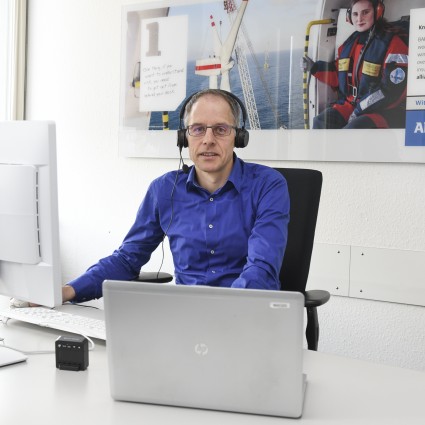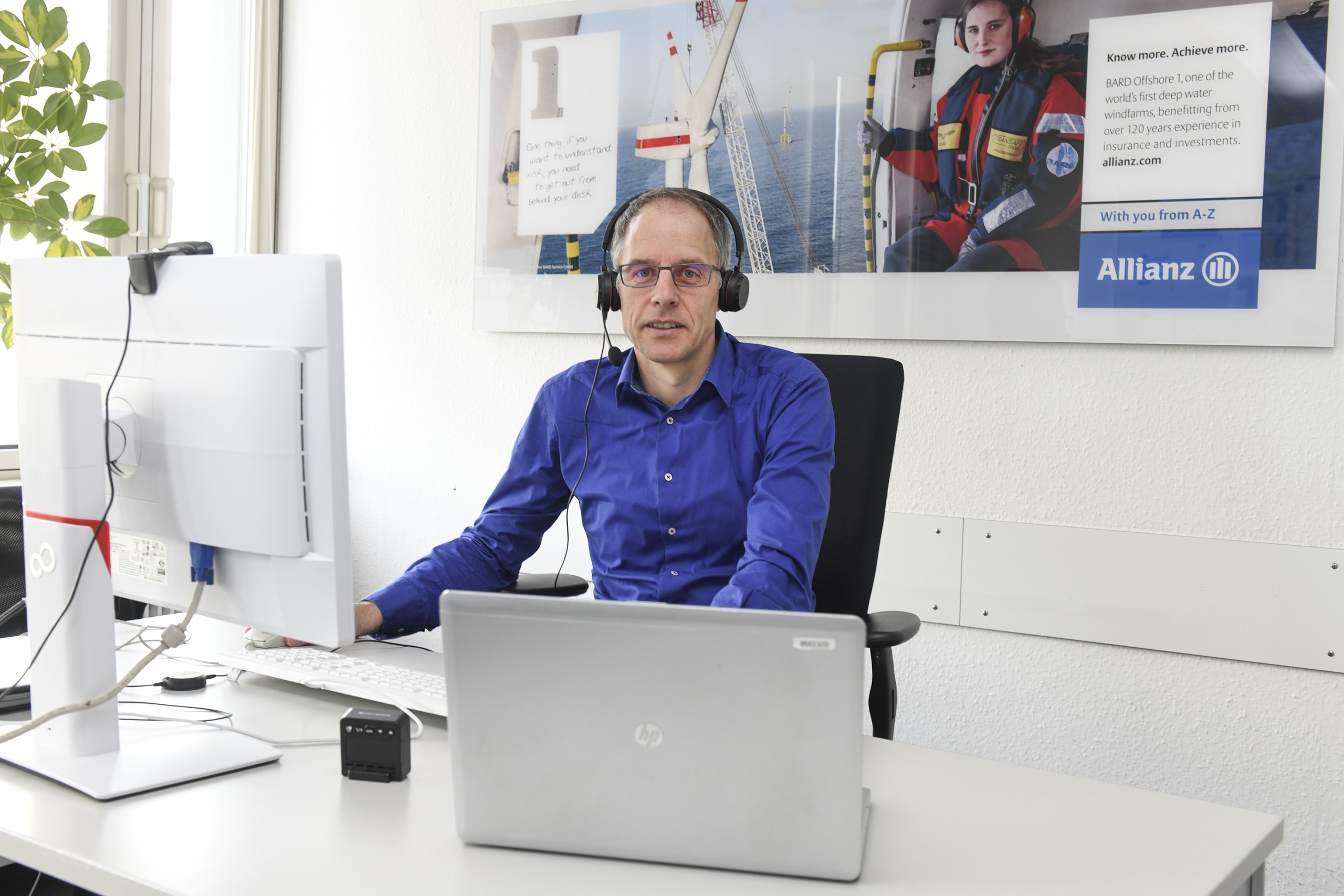Allianz respects your right to data protection. This is why we are providing you with this cookie management tool, which will help you to manage your cookie preferences. You can click on the various category headings to find out more and to change our standard settings (the use of cookies on this website is only activated as standard in the case of essential cookies). Blocking some types of cookies, however, may affect your experience of this website and the services offered by us
This cookies are required for the operation of our website and cannot be deactivated in our systems. As a rule, these cookies are only set in response to activities on your part corresponding to a service request, such as defining your data protection settings, registering or completing forms. You can set your browser in such a way that these cookies are blocked or that you are notified about these cookies. However, some areas of the website may then not work properly.
Cookies used
OptanonConsent, OptanonAllowStatistic, OptanonAllowMarketing, sat_track
These cookies allow us to count visits and determine access sources in order to find out how our website is used and improve the service. They help us to answer the question of which pages are most popular, which are used least and how visitors move around the website. All the information captured by these cookies is pooled. If you do not allow these anonymised cookies, we cannot adapt our website to meet the needs of our users or discover errors in our website.
Cookies used
s_cc, s_sq, s_vnum, s_invisit, s_vi, s_fid, om.azde.atl,
om.azde.tracking.processData
These cookies can be added by our advertising partners via our website. They can be used by these companies to create a profile of your interests and to show you relevant advertising on other websites. They work by clearly identifying your browser and your device. If you do not allow these cookies, you will not experience our specifically targeted advertising on other websites.
Cookies used
1P_JAR, CONSENT, NID, UULE, PREF, VISITOR_INFO1_LIVE, YSC, DST, demdex, dextp
PREF, APISID, LOGIN_INFO, GPS, SSID, YSC,
SAPISID, SID, HSID, VISITOR_INFO1_LIVE,
NID, SID, SAPISID, HSID, APISID, SSID
